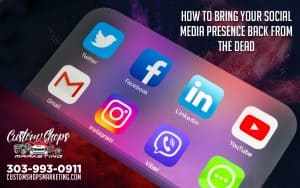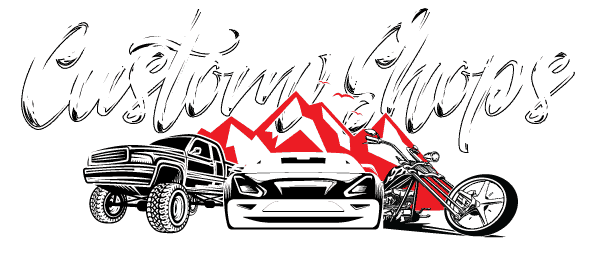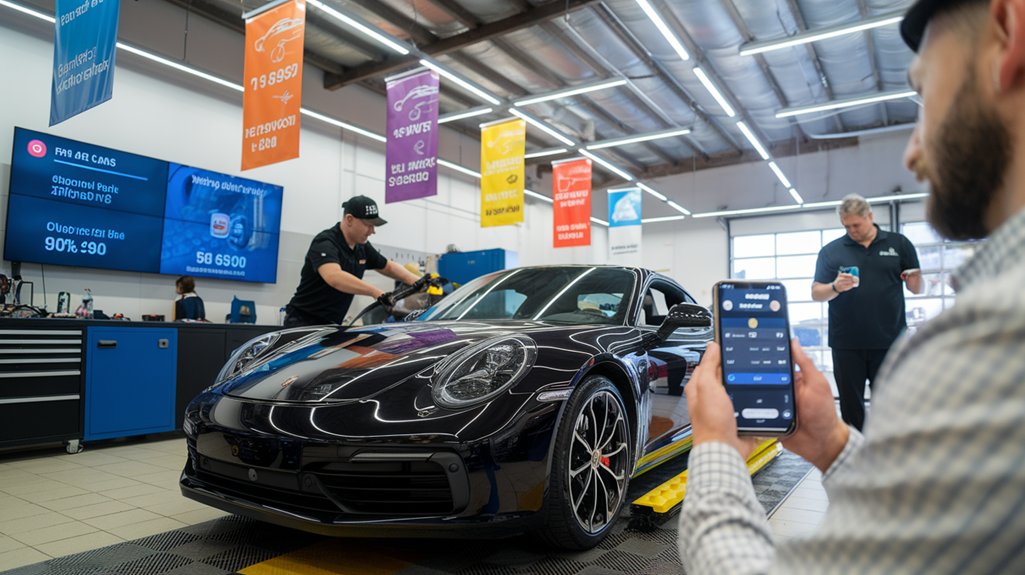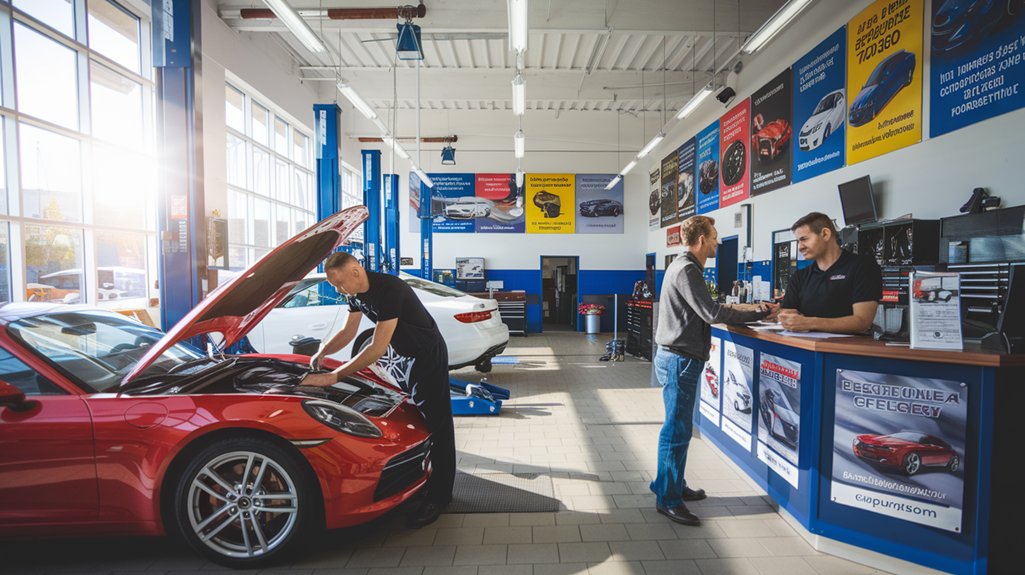In the custom auto and motorcycle shop niche, a Social Media presence is extremely important. How long has it been since you have done anything with your business Facebook page, Instagram or Twitter? Do you have a YouTube channel that you have neglected? Is your LinkedIn profile basically dormant?
If it’s been a long time, then you might feel stuck. How can you resurrect your social media presence? Is it possible? Should you bother?
The short answer is yes, it’s possible. You’ll need to be methodical and persistent. Here’s what you’ll need to do.
Update Your Page
The first step is to update your page. Look at your profile and make sure that it includes:
- The full name of your business
- Your address
- Your telephone number
- The URL of your website
- Your email address
You should also update any additional information that’s outdated. For example, if you’ve changed your logo then you should add your new one. Have a new sign in front of your store? Take a new picture and post it.
Decide on Social Media Goals
The next step is to set some reachable goals for your social media marketing. Marketing is most effective when you have a clearly defined goals – something you want to achieve with your social media presence. Here are some examples:
- Increase your social media following and build your brand
- Get more readers for your blog
- Increase your views on YouTube
- Build your list
By articulating your goals, you’ll be able to steer your social media pages in the direction you want to go.

Create Original Content
If you’re going to reach any marketing goal using social media, you need original content to do it. You don’t need to spend a lot of money on content creation, but you do need to keep your brand and goals in mind. For Custom Automobile or Motorcycle Shops, it really isn’t hard to find and post new content on a regular basis.
Original content can take many forms, including:
- Facebook status updates
- Written content (blogs, articles, white pages, etc.)
- Photographs
- Graphic content, including illustrations, infographics and cartoons
- Video content
- Memes
Your content should always speak to your brand and the way you want your audience to think of you. In other words, it’s not a good idea to create cat memes unless cats are relevant to your brand.
Keep in mind that you can create original content on your own or hire someone to do it for you. For example, you can hire a freelance writer for your blog or commission a graphic designer to make infographics for you.
You should intersperse original content with curated content that you get from relevant websites and publications. Always be sure to put your own spin on the curated content you share.
Create a Content Posting Schedule
Social media marketing is about consistency – and that means you’ll need a schedule to follow when you post social media content. The good news is that there are lots of tools that can help you set up and stick to a schedule.
Facebook has built-in scheduling tools that you can use to set up posts ahead of time. The one thing I don’t like about it is that you can’t share posts from other pages on a schedule. You’ll need to open and copy the link to use the scheduling tool.
If you’ve got a social media presence on more than one site – say Facebook, Instagram and Pinterest – then you may want to consider using a paid social media scheduling tool to help you keep track of everything. I like Hootsuite because it allows you to schedule posts and track their performance.
Social Bee is another software that is useful, and they also have employees that will handle posting content for you if you have the time to work with them and get it set up with them.
Speaking of scheduling, it’s a good idea to think about your posting frequency as well as your content. You should post:
- 1 or 2 times a day to Facebook
- 5-10 times a day to Twitter
- 1 to 2 times a day to Instagram
- 5-30 times a day to Pinterest
- 20 times per month (once per business day) to Linked In
- 2 or 3 times a week to YouTube
That might seem like a lot but check out the next step for tips on how to keep your social media marketing work manageable.
Eliminate Pages Based on Performance
What if you don’t have time to manage a Facebook page, an Instagram feed and a YouTube channel for your business?
I’ve got good news for you: you don’t need to. You are perfectly within your rights to choose to focus on just a few social media sites and let the rest go. If you have pages set up on Facebook, Pinterest, Instagram, YouTube and LinkedIn and only your Facebook and Instagram pages are generating significant income, you can (and should) simply deactivate your other accounts.
Why? Because a dormant or inactive page is worse than no page at all. If people find you on YouTube and see what you haven’t posted a new video in years, it’s not going to impress them. There’s no rule saying you must be active on every social media site – so don’t be. Pick the sites that give you the biggest ROI and let the rest go.
Focus on Engagement
Engagement is what happens when someone comments on your post, shares it with their followers, or clicks on a link. In the world of social media marketing, nothing else matters.
Here are some pointers to help you engage with your social media followers:
- Ask questions and respond when people answer
- Monitor your social media mentions and engage with people who talk about your company
- Use hashtags wisely – for example, getting involved in social media community tags such as #ThrowbackThursday can help attract new followers
- Encourage participation by holding contests or requesting user-generated content
The more you can get people to interact with your content, the more organic traffic you’ll get.
Track Your Results
Finally, you should track your results on social media and refine your strategy based on what you learn. For example, you might notice that when you post a video on Facebook, it gets 10 times the engagement of your written content. That’s useful information because it tells you that it’s a good investment to make more videos.
Metrics can also tell you:
- What times of day and days of the week your followers are online
- What topics your audience wants to hear about
- Which social media pages get you the most traffic and sales
Using that information, you can refine and update your overall social media strategy and your marketing goals to give you the best possible chance of success.
The bottom line is that it’s never too late to bring your social media presence back from the dead. The key is to be practical, methodical and realistic – and to listen to your audience

Brad Killgore is a Best Selling Author, Speaker, Military Veteran, and Strategic Marketing Expert with over 15 years of experience in the industry. Brad loves to spend time with his family and 3 grandchildren. He is an avid traveler who lives full-time with his wife in their luxury RV. He has worked on some of the biggest concert stages in the world and met some of the most famous Rock Stars on the planet. Brad is a car and motorcycle enthusiast who has attended thousands of concerts over the last 45 years. Brad has been featured on top media outlets for his outstanding marketing results for America’s Best Shops.








